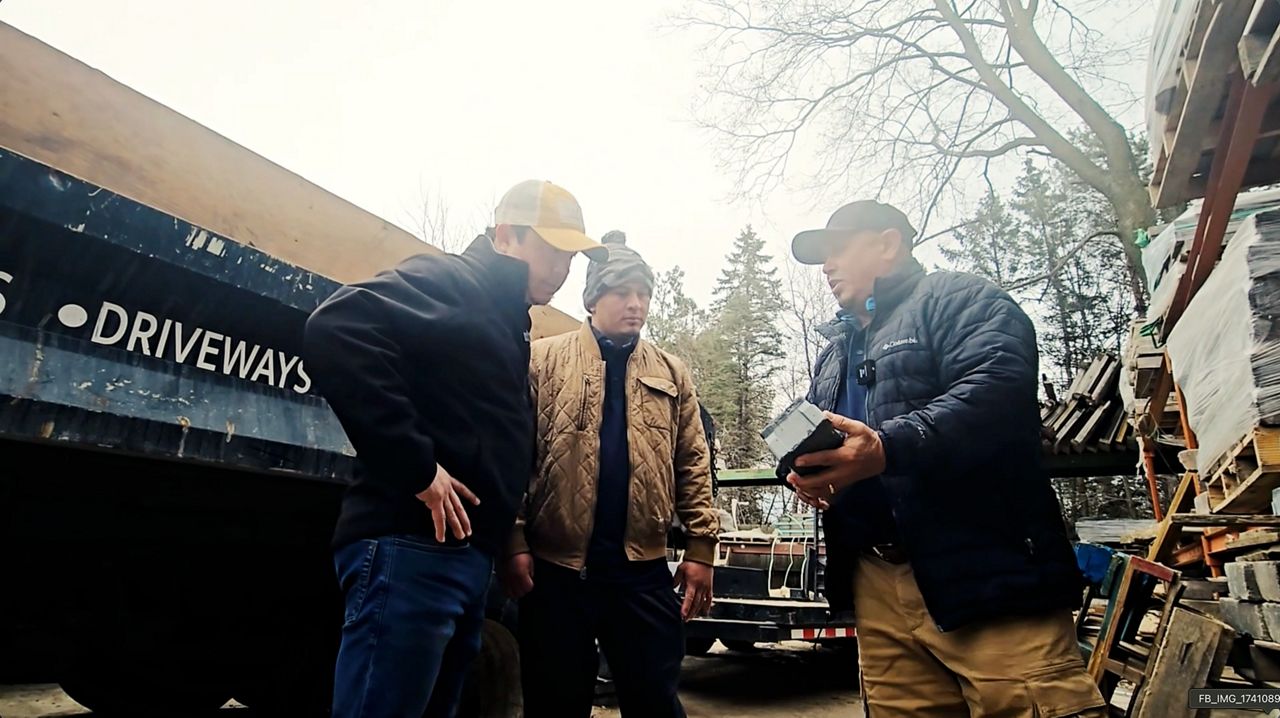POYNETTE, Wis. — The first ever Invasive Species Awareness Day happened across Wisconsin Saturday.
Hosted by the Wisconsin Department of Natural Resources (DNR), the celebration featured activities aimed at teaching people how to identify and remove invasive species in their area.
One of those events took place at the MacKenzie Center in Poynette. Despite the rain, a few brave volunteers donned gardening gloves and helped DNR leaders remove invasive plants outside the center’s lodge.
Wanda Krauss was one of them. She said she came out to help because she knows what it’s like to deal with invasive species in her own garden.
“I do a big push from April to June to get all the garlic mustard out,” Krauss said. “Over that period of time, I have seen progress. There is less of it than there was, but it’s really heartbreaking to see it come back so strong every year.”
Garlic mustard is just one of the invasive plants DNR leaders are dealing with, as well as buckthorn. There are plenty more that DNR specialists track.
“We’ve got invasive that impact different ecosystems in Wisconsin,” said Jason Granberg, an invasive species specialist with the DNR. “We have some of them that affect our waters, our wetlands, and our terrestrial areas, like our woodlands and our prairies.”
While they may look harmless, invasive species like garlic mustard and buckthorn can be harmful to the ecosystem. They’ll often take over areas and force out plants that are native to Wisconsin.
Leaders said it not only harms the environment, but human health and the economy as well.
“We need to understand that the beauty of the wildflowers in the woods are going to disappear if we allow garlic mustard to get in there because it takes over an area,” Krauss said.
For more information on how to identify and remove native species in your area, click here.










